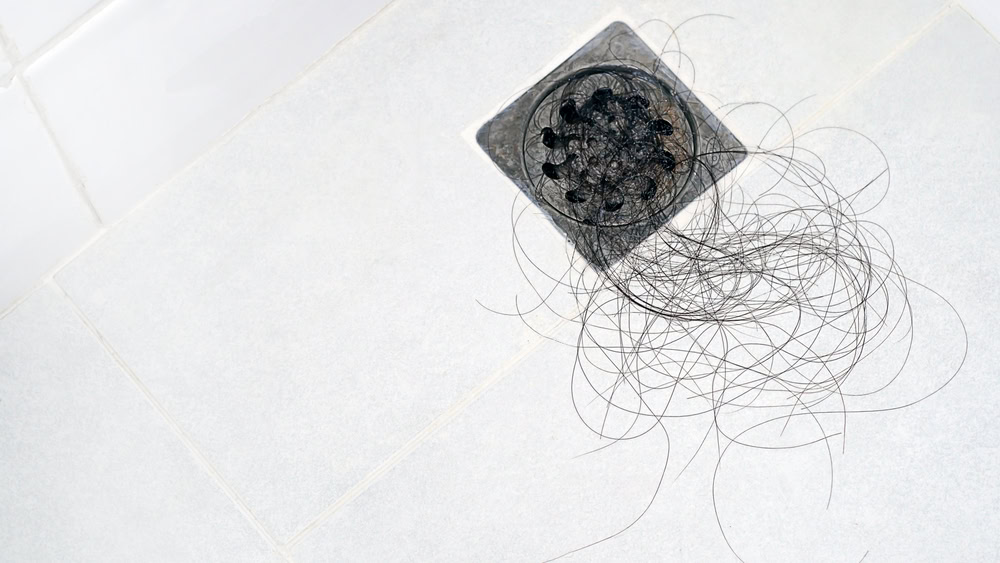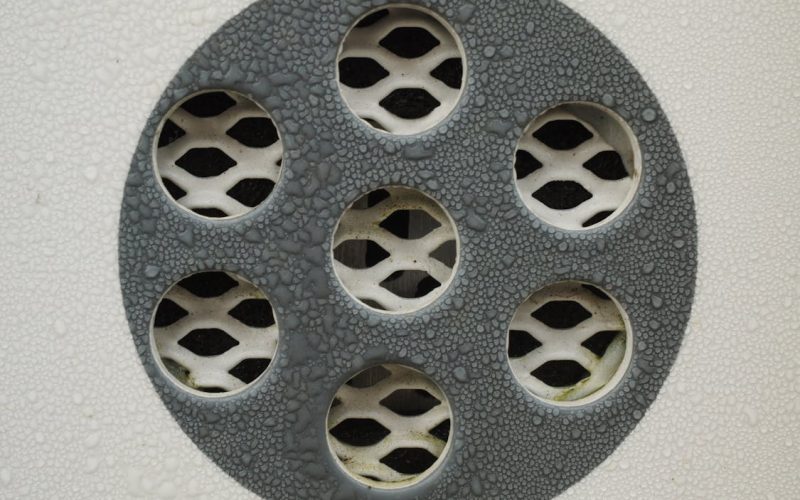Maintaining a home involves a myriad of responsibilities, and one area often overlooked is the bathroom drain. We use these drains daily, yet they are frequently neglected until a problem arises.
Regular inspections can save homeowners time, money, and a lot of frustration. This article explores why checking bathroom drains is essential for overall household health.
Understanding the Mechanics of Bathroom Drains
Bathroom drains operate through a series of components designed to facilitate the flow of water. The drain pipe carries away wastewater, while traps prevent foul odors from entering living spaces.
Over time, hair, soap scum, and other debris accumulate, disrupting this flow. These blockages can lead to slow drainage or complete clogs, causing significant inconvenience.
Common Causes of Drain Blockages
The culprits behind blocked drains are often mundane yet insidious.
Hair is perhaps the most common offender; it tends to tangle with soap residue and other materials, creating stubborn clogs.
In addition to hair, toiletries like cotton swabs, dental floss, and even remnants of shampoo can contribute to blockages.
Another factor is mineral buildup, particularly in areas with hard water. Over time, minerals deposit inside pipes, reducing their diameter and impeding water flow.
Keeping an eye on these potential issues can significantly reduce the likelihood of a catastrophic clog.
Signs That Drain Inspection Is Needed
Homeowners should stay vigilant for signs indicating a drain needs attention. Slow draining is often the first noticeable symptom.
If water lingers in the sink or tub long after use, it’s a warning sign that something is amiss.
Unpleasant odors emanating from the drain, indicating decomposing materials, should also alert you to investigate further.
Frequent gurgling sounds can indicate air trapped in the drainage system, suggesting a blockage somewhere along the line.
Ignoring these signs can lead to more severe plumbing issues, ultimately requiring professional intervention.
If these problems persist, a Plumber Northern Beaches NSW can provide the expertise needed to diagnose and fix the issue.
Benefits of Regular Drain Inspections
The advantages of routinely inspecting bathroom drains extend beyond merely preventing clogs.
Regular checks can extend the lifespan of your plumbing system. By identifying minor issues early, homeowners can avoid costly repairs down the line.
Additionally, routine inspections contribute to better hygiene. Stagnant water in clogged drains can lead to mold growth and attract pests, creating an unhealthy environment.
Regularly inspecting and maintaining drains can mitigate these risks, promoting a cleaner and safer bathroom space.
How to Inspect Bathroom Drains

Inspecting drains doesn’t require specialized skills or tools. Start by visually checking the drain for any visible debris or buildup.
If you notice hair or soap scum, a simple tool like a drain snake or even a bent wire hanger can help remove it.
Next, pour hot water down the drain. This can help dissolve minor buildups, making way for smoother water flow.
If you encounter resistance, it may be time to consider more thorough cleaning methods or even professional assistance.
When to Seek Professional Help
While many homeowners can handle basic drain maintenance, certain situations call for professional intervention.
If you find persistent clogs despite regular inspections and cleaning, it may indicate a deeper issue within the plumbing system.
A licensed plumber can conduct a thorough examination, possibly using specialized cameras to view hidden sections of the pipes.
They can diagnose issues such as tree root intrusion or pipe deterioration that are not visible during a standard inspection.
Eco-Friendly Drain Maintenance Solutions
For those interested in environmentally friendly options, several natural remedies can help maintain clean drains.
Baking soda and vinegar, when combined, create a powerful cleaning reaction.
Pouring this mixture down the drain can help break down buildup without the use of harsh chemicals.
Salt and hot water can also serve as an efficient duo for drain maintenance.
The salt acts as an abrasive, while the hot water flushes away debris, keeping pipes clear without harming the environment.
Seasonal Considerations for Drain Inspections
Seasons can impact how and when drains should be inspected. For example, during fall, leaves can accumulate in outdoor drains, leading to blockages.
Winter months may cause freezing temperatures that can expand and crack pipes.
Spring is an ideal time for a thorough inspection, as the melting snow and rain can reveal issues within the plumbing system that weren’t apparent in colder months.
Periodic checks throughout the year can help identify these seasonal problems before they escalate.
DIY Tips for Ongoing Drain Maintenance
Homeowners can adopt several simple habits to keep drains running smoothly. Using drain screens can catch hair and larger debris, preventing them from entering the plumbing system.
Regularly cleaning these screens is just as important to maintain their effectiveness.
Another effective practice is to run hot water down the drains weekly. This simple task can help dissolve soap buildup and prevent clogs from forming.
Adopting these habits will reduce the frequency of major inspections and keep your bathroom drains in good working order.
The Role of Plumbing Ventilation
An often-overlooked aspect of drain maintenance is proper plumbing ventilation. Vent pipes allow air to enter the plumbing system, ensuring that water flows smoothly.
Without adequate ventilation, drain issues can arise, leading to slow drainage and unpleasant odors.
Homeowners should ensure that ventilation pipes are free from obstructions, allowing them to function effectively.
If you’re uncertain about the status of your plumbing vents, consulting with a professional plumber can provide peace of mind.
The Cost of Neglecting Drain Maintenance
Ignoring bathroom drain inspections can have financial repercussions. A small clog can quickly escalate into a serious blockage, leading to costly repairs or even emergency plumbing services.
Homeowners may also face potential damage to their property, such as water damage from overflowing sinks or bathtubs.
The cost of regular inspections and basic maintenance is significantly less than that of extensive repairs. Investing a little time and effort can yield substantial savings and prevent headaches in the future.
Community Impact of Drain Maintenance
On a broader scale, maintaining drains is not just a personal concern; it has community implications as well.
Clogged drains can lead to backups in the municipal sewage system, contributing to environmental pollution.
By being proactive in maintaining individual drains, homeowners can play a part in promoting community health.
Proper drainage can prevent flooding, which is especially vital in areas prone to heavy rainfall.
Each small effort contributes to the overall wellbeing of neighborhoods, showcasing the interconnectedness of individual and community responsibility.


